While most drivers avoid piloting rear-wheel drive cars in the winter, Chris Hall and Jamal Hameedi have no problems or reservations of driving their RWD Mustangs in the snow.
Since taking delivery of his 2014 Mustang MCA Edition on July 1, 2013, Hall has been using the Impact Blue Metallic pony (pictured) as his daily driver.
“I’ve put nearly 11,000 miles on it since I took delivery, and I love driving it every minute”, said Hall, National Treasurer for the Mustang Club of America.
In fact, not even the first two months of the year, which brought the polar vortex and turned out to be one of the coldest months in decades, kept Hall from getting behind the wheel of his Stang. In Hall’s case, smart technology and some preparedness make it easy to live with contemporary Mustangs.
For starters, every new Mustang is equipped with standard anti-lock brakes, traction control, and electronic stability control systems that utilize sensors to help the car follow the driver’s input, such as steering, acceleration and braking commands. But even the best electronics sometimes need help when facing the limits of physical adhesion on the road.
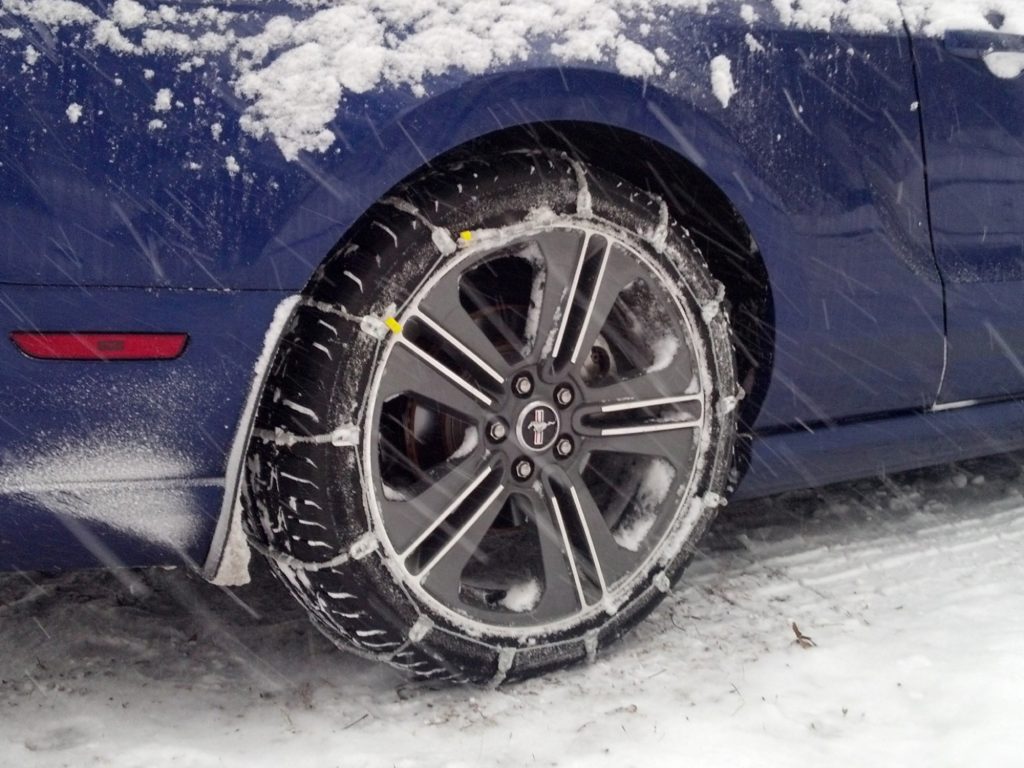
Hall’s Chains
To account for that, Hall has outfitted his pony with some weight in its trunk and a set of tire chains wrapped around the rear tires. So equipped, Hall’s 305-horsepower, rear-wheel-drive Stang has no issues getting through the more than nine inches of fresh snow in his home town of Ottsvile, Pennsylvania. And although some might call his measures extreme, he’s not the only one who drives his Mustang in the winter.
“It’s awesome – people look at me like I’m crazy in the middle of a Detroit winter — driving a 662-horsepower car,” said Jamal Hameedi, Ford global performance vehicles chief engineer. “But I don’t care because the sound it gives me on the way to work is well worth the weird looks on the Southfield Freeway.”
Hameedi drives his 2014 Shelby GT500 Mustang year-round, with the only change to the car involving replacing the high-performance summer tires on the supercharged pony for a set of winter tires when the temperatures fall.
All that is to say that enjoying a RWD vehicle isn’t only possible in the winter, but can also be a very rewarding experience. But we’d also recommend taking an ice driving course in the rear-wheel drive car of your choice — as such an experience can provide an invaluable amount of experience about how a car will feel at its (grip) limits.

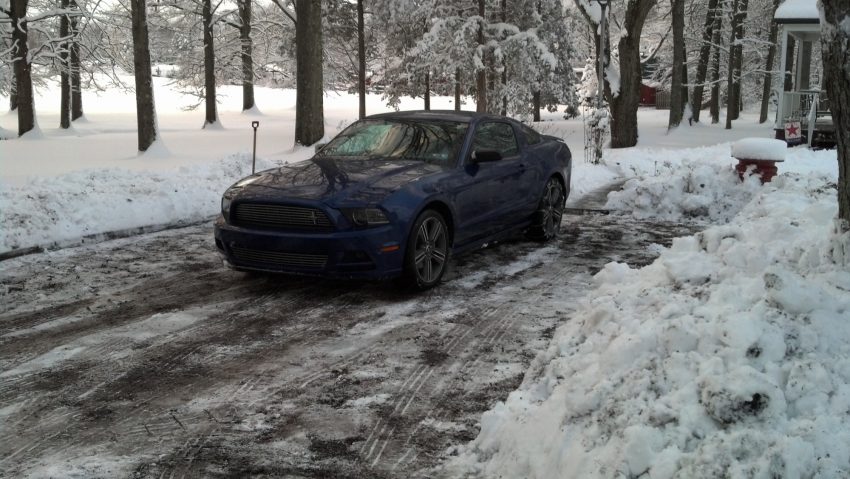


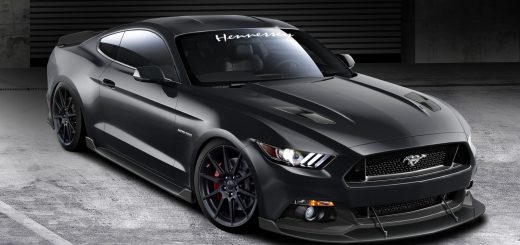

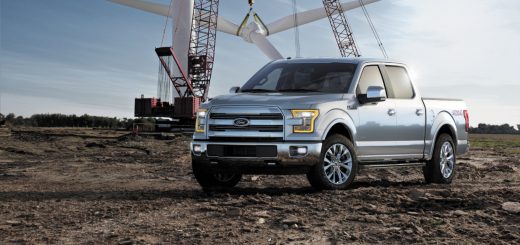
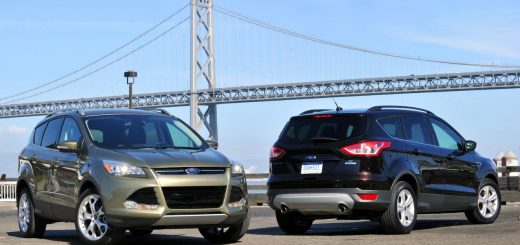






Comments